Welcome to my review of the Sony Alpha A7r Mark III. All photographs featured in this review was made with my own Sony A7rIII, and processed with Adobe Lightroom Classic CC version 7.5. This review contains a lot of high-resolution images, and not too much text. As photographers, I tend to think that we’re more interested in looking at photographs than letters. Click the images to see a slightly larger version.
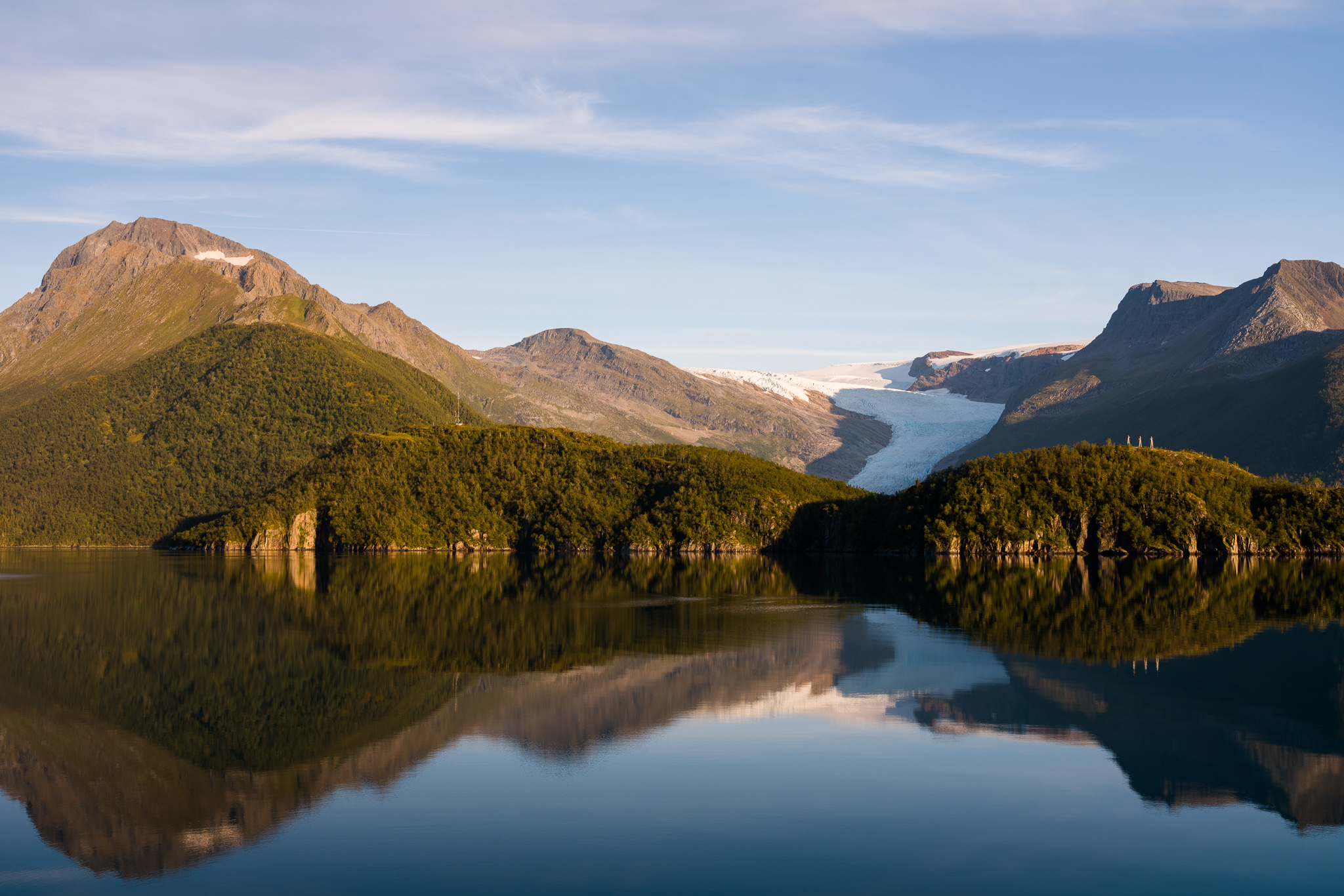
I’ve previously owned and used the Sony A7s, and also the Sony A7rII. I’ve never reviewed them, since I used them very briefly. I tend to only review cameras after using them extensively. I really enjoyed the A7s as it enabled me to shoot in the dark. And the A7rII was a camera I tested for a while but decided not to keep for various reasons.
So even though the A7rIII is a relatively new camera, having used both previous generations of the A7 line-up, and a RX100, I’m fairly used to how the Sony’s handle, and also their menu-system, as well as their customisability and quirks.
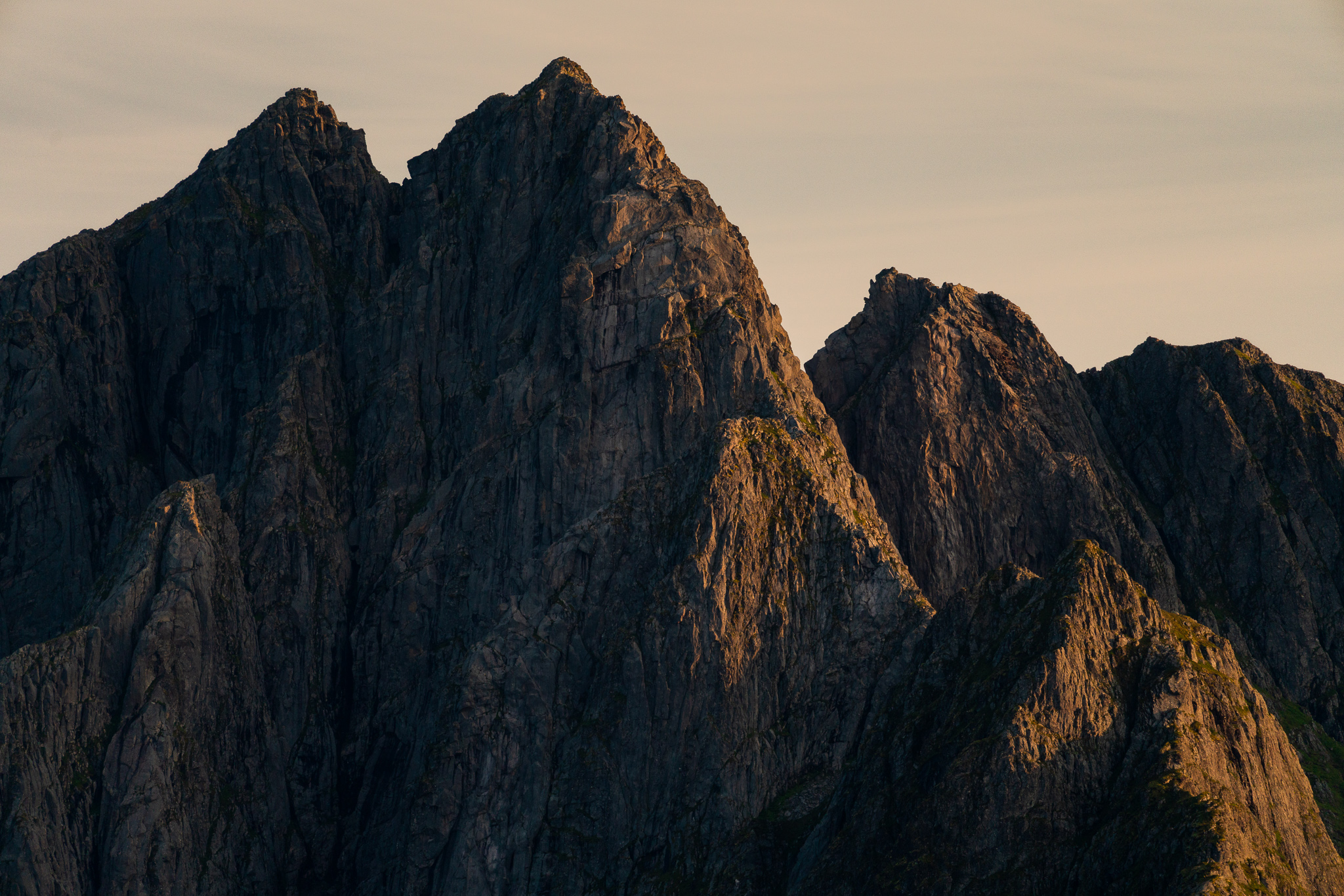
The Sony A7rIII is basically the A7rII perfected in my opinion. It improves on everything that I didn’t like on the A7rII, and Sony has managed to create an extremely flexible and balanced camera as a result. There is nothing that this camera can’t do exceptionally well, and as long as you use compact lenses, it can work well as a daily carry-around as well. Then attach the 100-400 and go and shoot some wildlife.
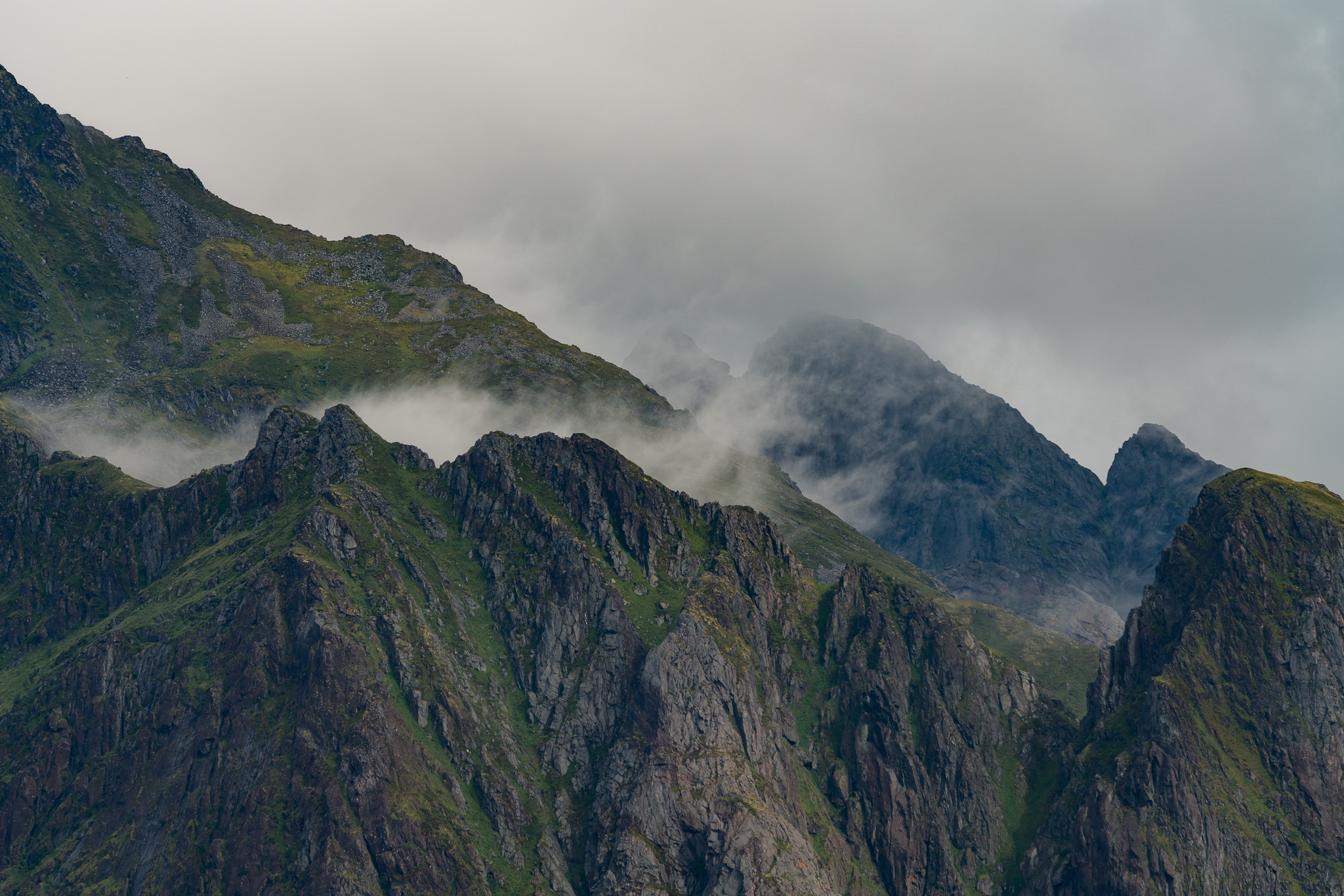
Some people say that Sony cameras have no “soul”. I completely disagree with this statement. Very few cameras that I’ve owned in the last years have made me feel as confident and capable at handling any situation as this camera does, be it photography or videography. This inspires me to go out and shoot, because I know this camera can do anything I want it to, and it’ll perform great, reliably and consistently at the same time. I can’t say the same about many other cameras that I’ve used: Leica’s that needs servicing with months of waiting time fairly regularly because the optical rangefinder goes out of alignment. Fujifilm cameras that tend to focus on the background reasonably often. I have had zero issues with Sony’s cameras. My only issue with them is that they are slow to start up after inserting a new battery (5-6 seconds), but that only happens once every time the battery is changed, which with the new Z-series batteries doesn’t happen all that often.
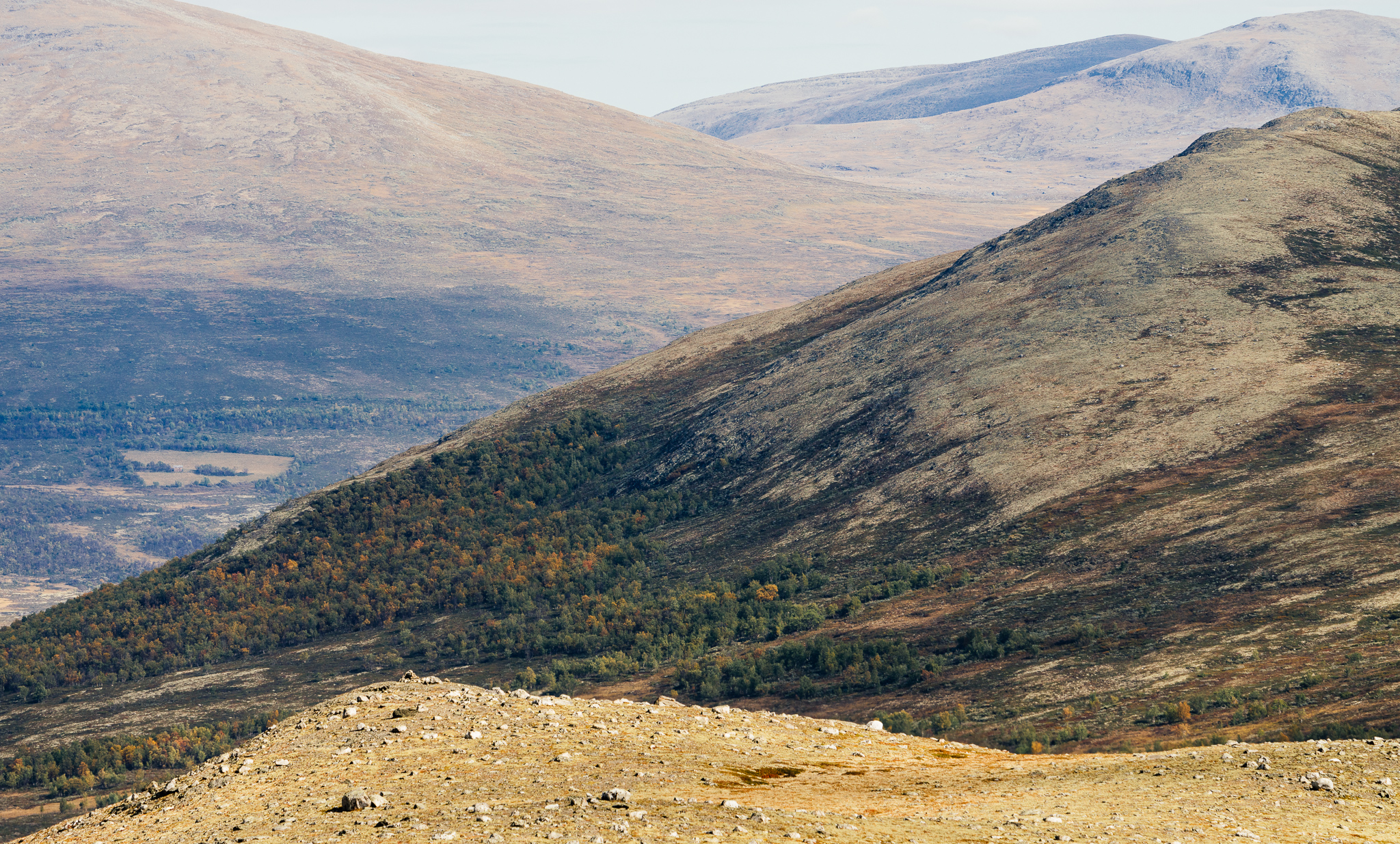
Overall, the Sony A7rIII is one of the best cameras I’ve ever used. It always gets the job done brilliantly. If only it would perform well with adapted Leica lenses – which it doesn’t, and it doesn’t need to either, and that’s my take on adapting lenses – meaning, I prefer to use native lenses on any system that I use, so this review won’t go into adapting lenses. If you want good quality and accurate focusing then I advise everyone to stick to lenses that are native to the platform you use.

I have used several native lenses on my A7rIII:
– Sony Zeiss FE Sonnar 55mm f/1.8
– Sony Zeiss FE Sonnar 35mm f/2.8
– Sony FE 28mm f/2.0
– Sony FE 24-105 f/4.0 G OSS
– Sony FE 24-70 f/2.8 GM
– Sony FE 100-400 f/4.5-5.6 GM OSS
– Zeiss Loxia Biogon 35mm f/2.0
– Zeiss Loxia Planar 50mm f/2.0
– Voigtländer Nokton 40mm f/1.2 Aspherical
All of these lenses perform great on the A7rIII, and makes the camera a joy to use for any situation I’ve thrown at it, be it video production or photography.
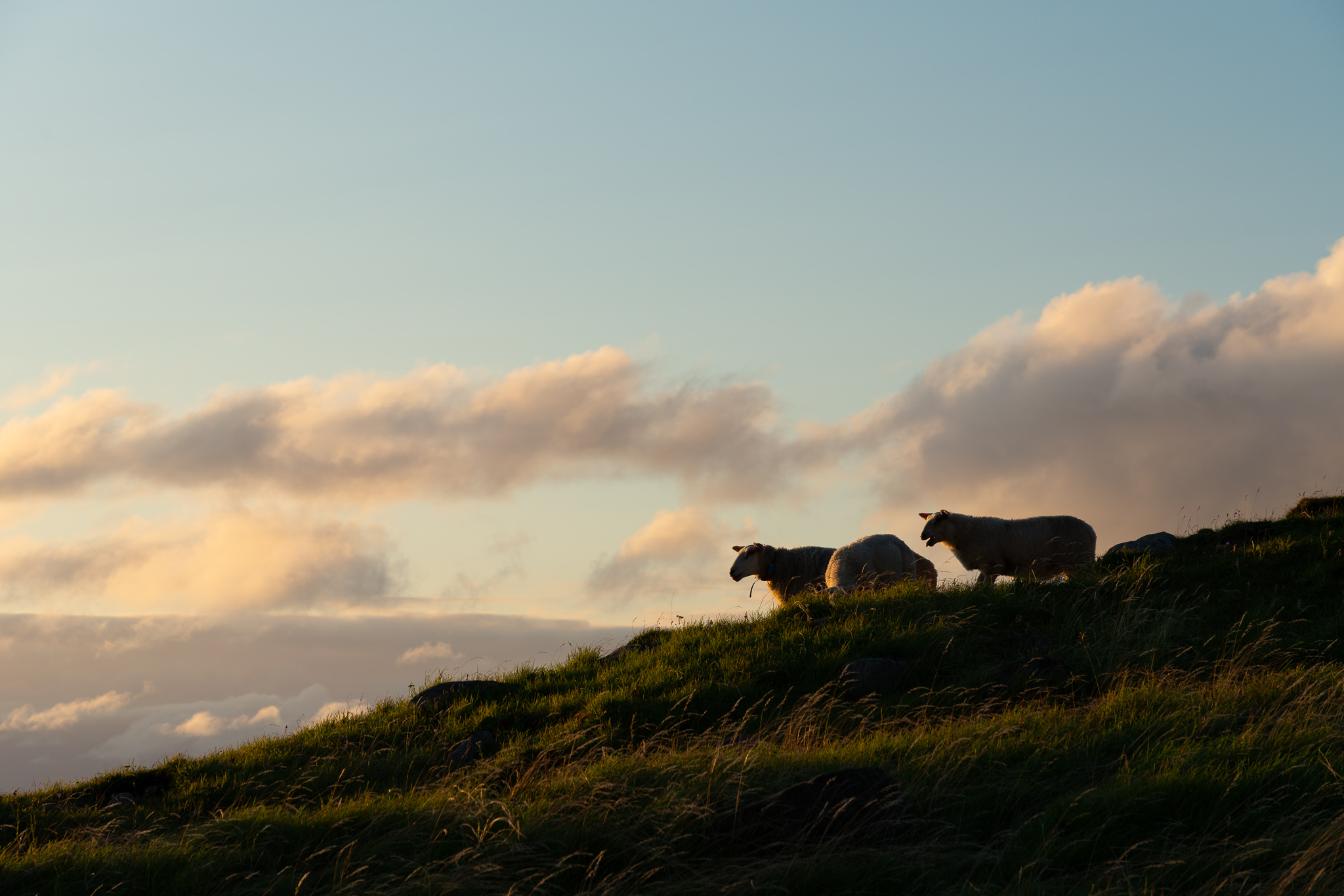
Autofocus performance is as good as anyone would ever need unless they are shooting fast paced sports professionally. The camera shoots at 10 fps, but I’ve never used it in this mode personally. The resolution and clarity of the 42 megapixel sensor is fantastic. It’s difficult to go back to a 24 megapixel camera after shooting with 42 megapixels. The resolution, clarity and sharpness that this sensor produces is addictive.
Oh I almost forgot. Eye AF! Yes, it truly works and is kinda magical. I assume that every portrait pro sees this feature as a gift from heaven! I rarely use it, but then again, I rarely make portraits. But the feature is there and it works just as well as the internet ravings says it does.
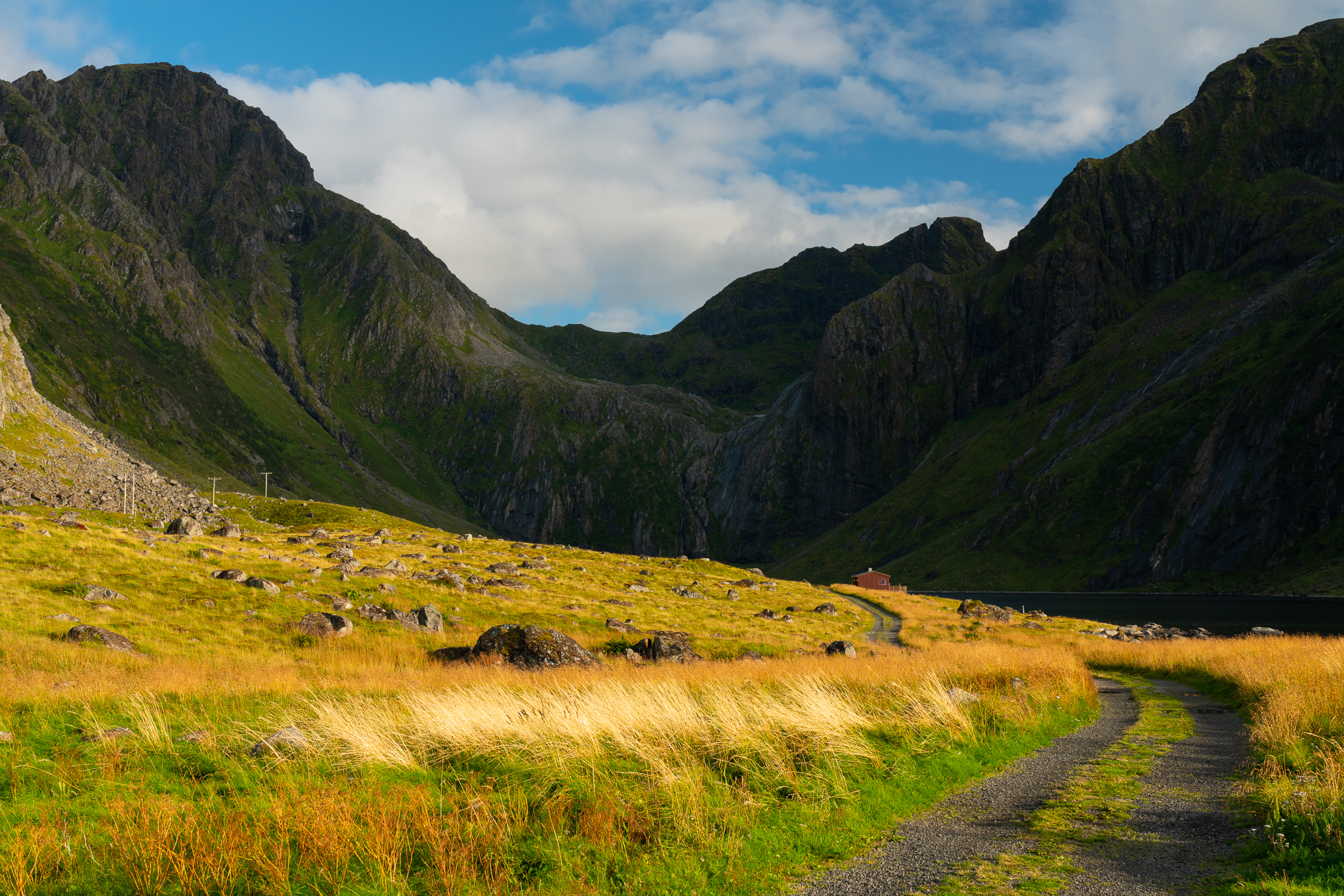
I really don’t have anything negative to say about this camera. Overall it is the best jack of all trades camera I have ever owned. It can do everything very well. The battery life has been seriously improved it’s fantastic now! I purchased an original spare battery when I got the camera but honestly, I don’t feel like I actually needed to get a spare. Since the camera can be charged from any Micro-USB or USB-C cable, be it attached to a laptop, a phone charger in the house or in the car, or a battery pack, it’s very easy to charge the battery, regardless of where I am or what I’m doing. The only situation when I’ve actually needed the spare battery was when I was doing video work, which at 4K30p does use quite a bit of battery. But I could as well have used my portable battery bank and connected it to either the USB-C or Micro-USB port.
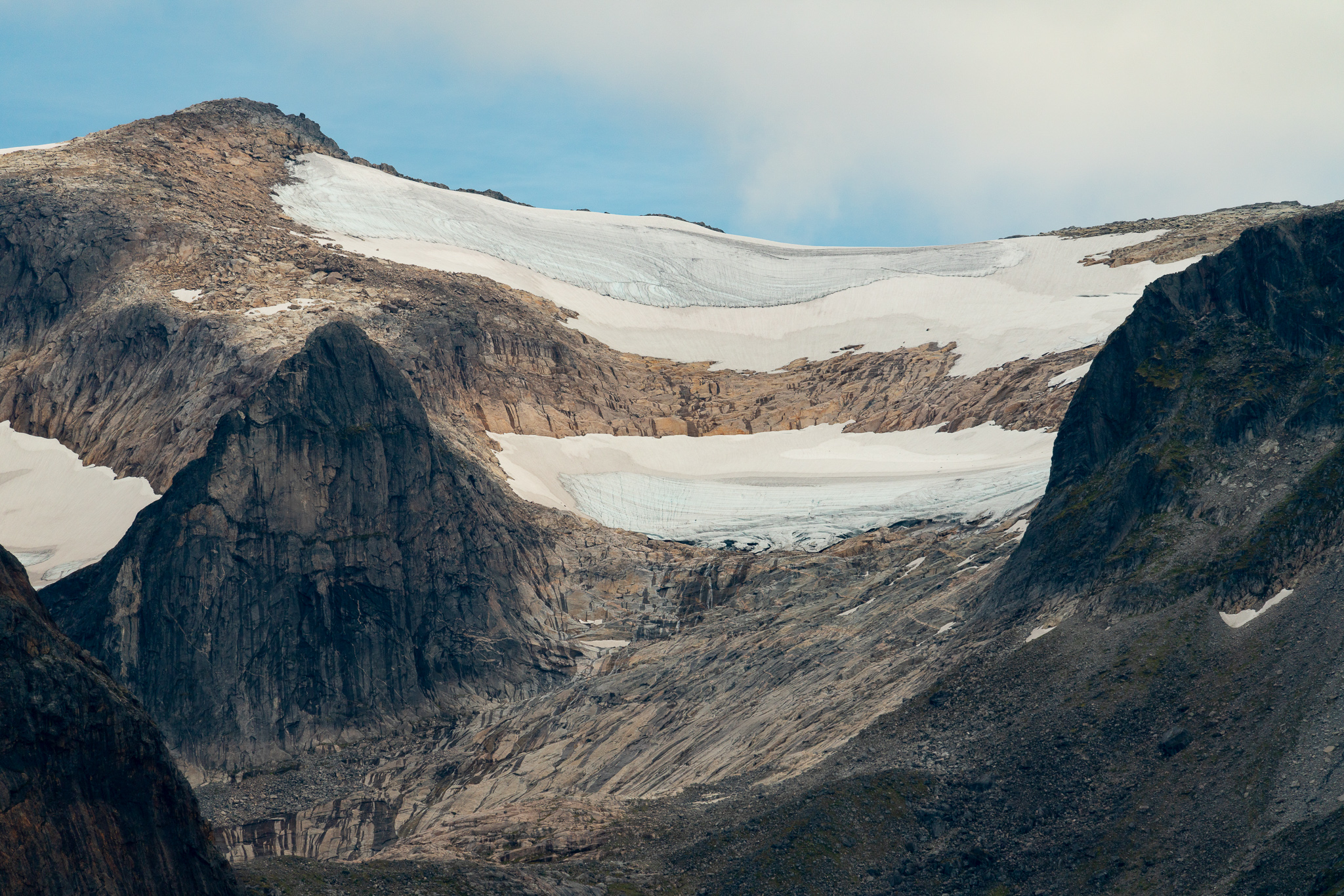
People seem to hate on Sony cameras for their menus, the shutter release button, the color science, and many other things. But honestly, after setting this camera up to my preference, I have never owned a camera that is as quick and easy to use for any situation. Granted, I had to spend some time to figure out how I wanted to customise all the function buttons, and what features were important for me to have where, and at what time. But once I did, I feel the camera truly became an extension of how I shoot. I never have to enter the main menu, and I have all the features I need at my fingertips.
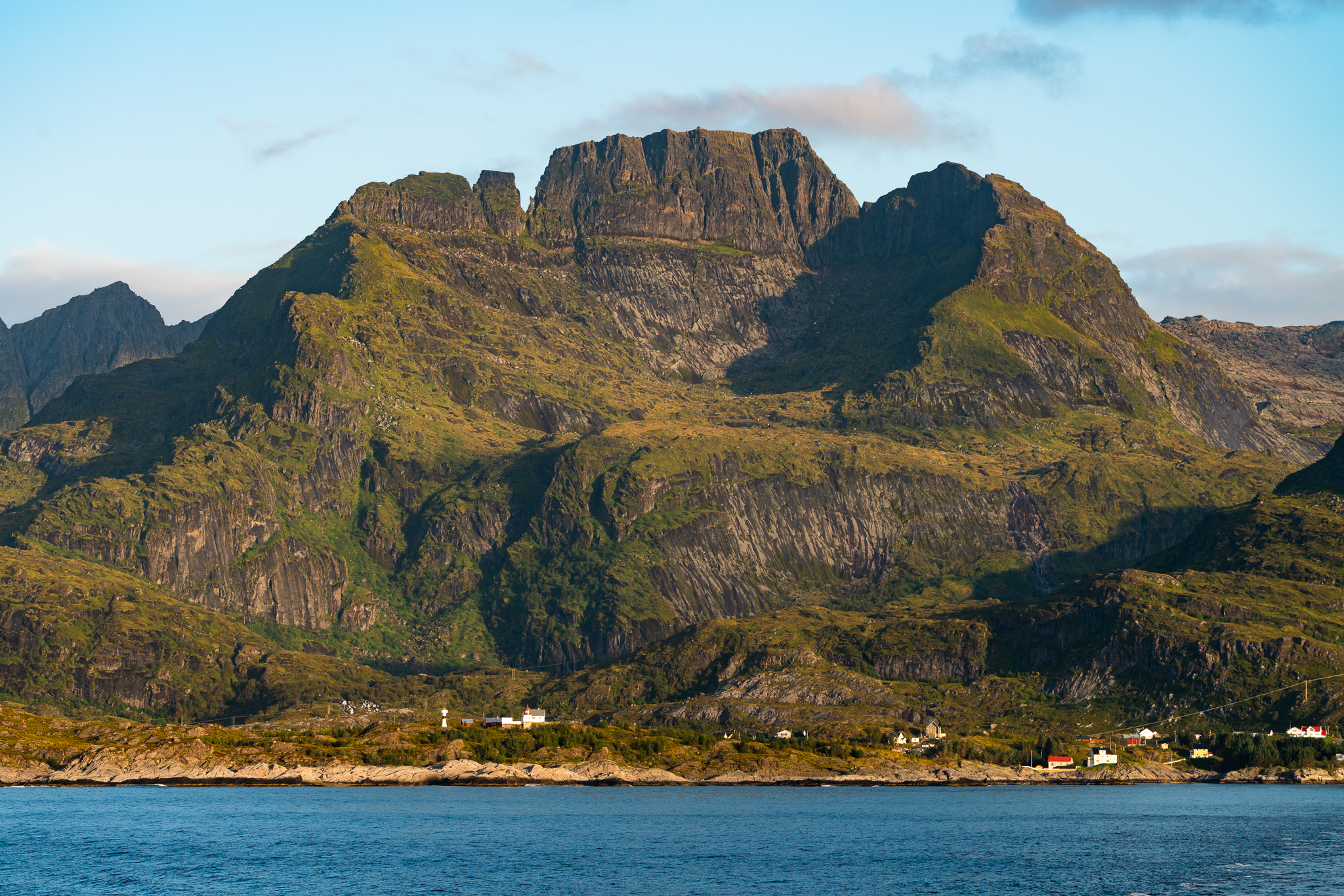
My A7rIII is currently configured like this:
Mode dial setting:
1. General every day use, Auto-ISO on, the lens set at f/5.6 by default, compressed raw and IBIS on, neutral color profile with -3 contrast, and raw only capture with AF-S, Zebras on (Custom, 107+) and a 3×3 grid line.
2. Portrait setting, Auto-ISO on, the lens set at f/4 by default, compressed raw and IBIS on, neutral color profile with -3 contrast, raw only capture, continuous AF (wide) with Eye-AF and Zebras on (100).
3. Landscape/tripod setting, manual ISO, the lens set at f/8 by default, uncompressed raw and IBIS off, neutral color profile with -3 contrast, raw only capture, AF-S focusing mode, silent shooting on, 3×3 grid line and the horizon level active.
M. is what I mostly use, with compressed raw, IBIS on, neutral color profile, raw only capture, AF-S and manual ISO.
Movie settings are also separate, and only requires me to enable a Picture Profile (1 or 2 in my case) to get going.
It’s like having several cameras in one, and I never have to menu dive to turn features on or off, and if I want to enable or disable a feature that I frequently turn on or off (like silent shooting, picture profiles for video, IBIS, face detection, zebras and AWB priority) I have those mapped in the Function (fn)key menu for easy access.
Otherwise, I have my buttons configured as follows:
Control Wheel: None
Custom Button 1: Focus Area
Custom Button 2: Focus Mode
Custom Button 3: White Balance
Custom Button 4: Silent Shooting
Multi-Slc Center Btn: Focus Standard
Center Button: Focus Magnifier
Left Button: Drive Mode
Right Button: ISO
Down Button: ISO AUTO Min. SS
AEL Button: Eye AF
AF-ON Button: AF On
Focus Hold Button: Focus Hold
I’ve also configured «My Menu» with the settings that I use most often, such as format card, AF w/shutter, RAW file type, viewfinder and monitor brightness. All of them fit within one menu page.
Yes, it took me a while to decide on how to configure the camera and make it “mine”. But once I figured out what features were important to me, and how I want to access them, and configured the camera accordingly, using the camera became a breeze, and it became quicker in use than any other camera that I’ve owned. And this is coming from a person who shoots with analog Leica’s still, which is the perfect example of simplicity: shutter speed, aperture and ISO (changed once every 36 frames).
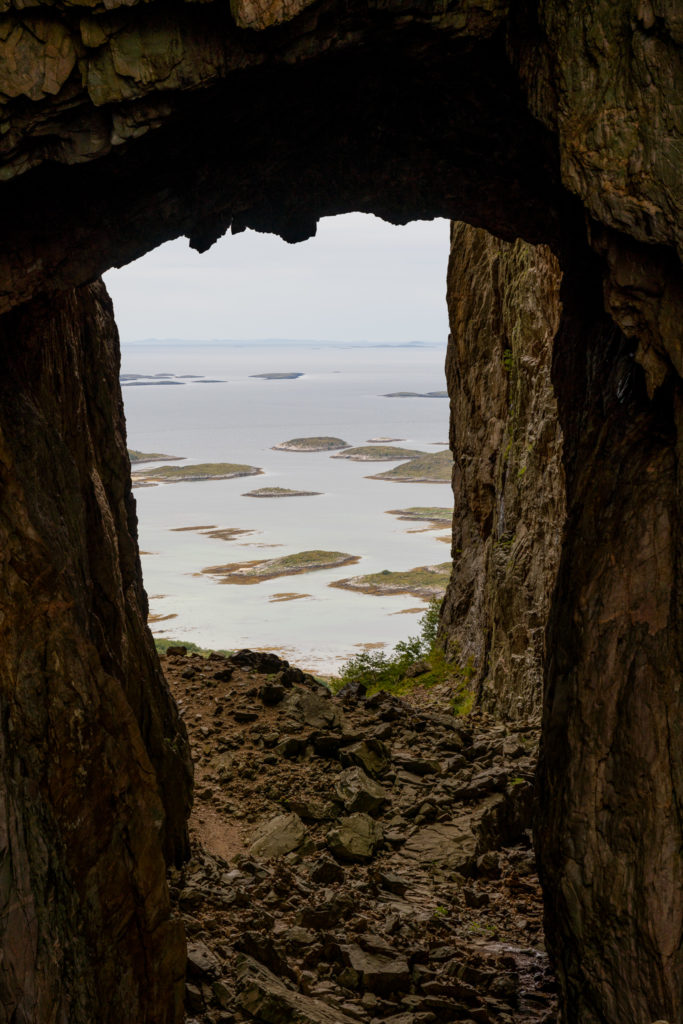
Ergonomically the camera is great. I have big hands and long fingers, but I find the grip to be adequate for my needs. Yes my pinky hangs off, but so what? I can pack a 42mp camera with excellent battery life, IBIS, and dual card slots in my work bag without a problem. That’s remarkable! The body is definitely not balanced with the 24-70 f/2.8 GM or the 100-400 GM, but I don’t use those lenses too often, so that’s fine for me. I’d rather have a small, light and compact camera that I can attach small and high quality lenses on and use as a daily driver, and then be able to use the same camera with a 100-400 the next day with minor ergonomic issues, or simply attach a battery grip on those days that I use the big lenses. Problem solved!
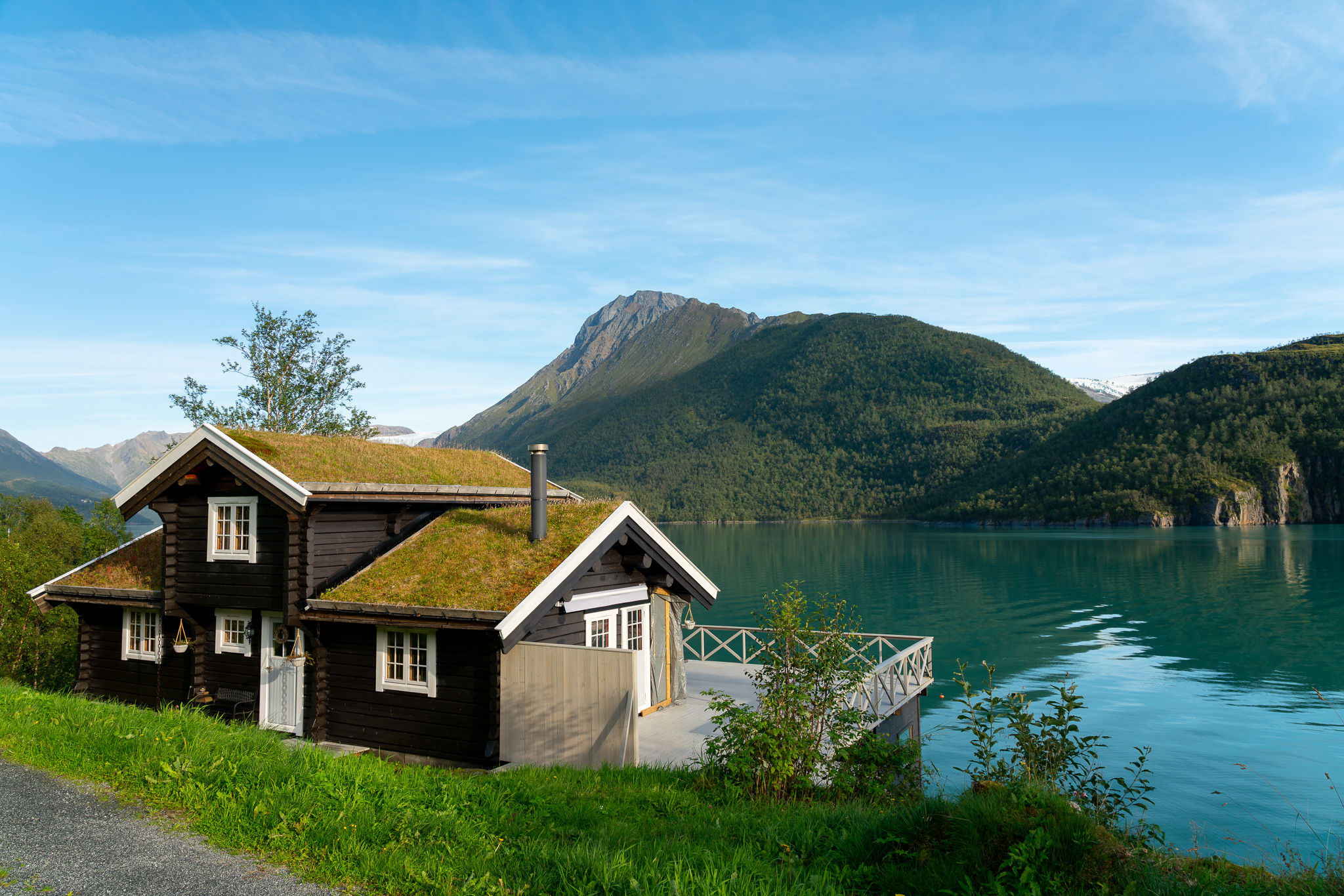
Now onto color science. Which I know is a heated discussion whenever «Sony» is mentioned in the world of photography. But nonetheless, I actually really like the colors I’m getting from my A7rIII. The camera doesn’t spit out super saturated, punchy and pre-cooked raw files, no, of course it doesn’t. In my opinion a professional camera shouldn’t pre-cook raw files at all. But I can get excellent colors and punch from this camera with ease, regardless if I use the latest Lightroom Classic CC or Capture One Pro 11.3.
I’ve purchased the Huelight color profiles for the A7rIII and they work great in Lightroom, and I really recommend them over the default profiles. And I also found a color profile from Fred Miranda over at the fredmiranda.com (link to Fred’s post) forums which I really like, which is supposed to mimic Canon color, and it looks great and is now my default import setting. For video work I’ve purchased Andrew Reid’s (EOSHD) Pro Color V4 HDR profiles, which I’ve configured in the PP1 (out of camera recording, doesn’t need to be post processed) and PP2 (HDR recording with a LUT applied in Final Cut Pro in post) settings. Regardless of what raw editor I use, or if I record video footage or photographs, I consistently always get great colors and tones out of my A7rIII. But as with every camera, I need to figure out the settings that looks the most pleasing to me. No raw file looks perfect out of the box, so to speak, and that’s quite normal regardless of camera brand.
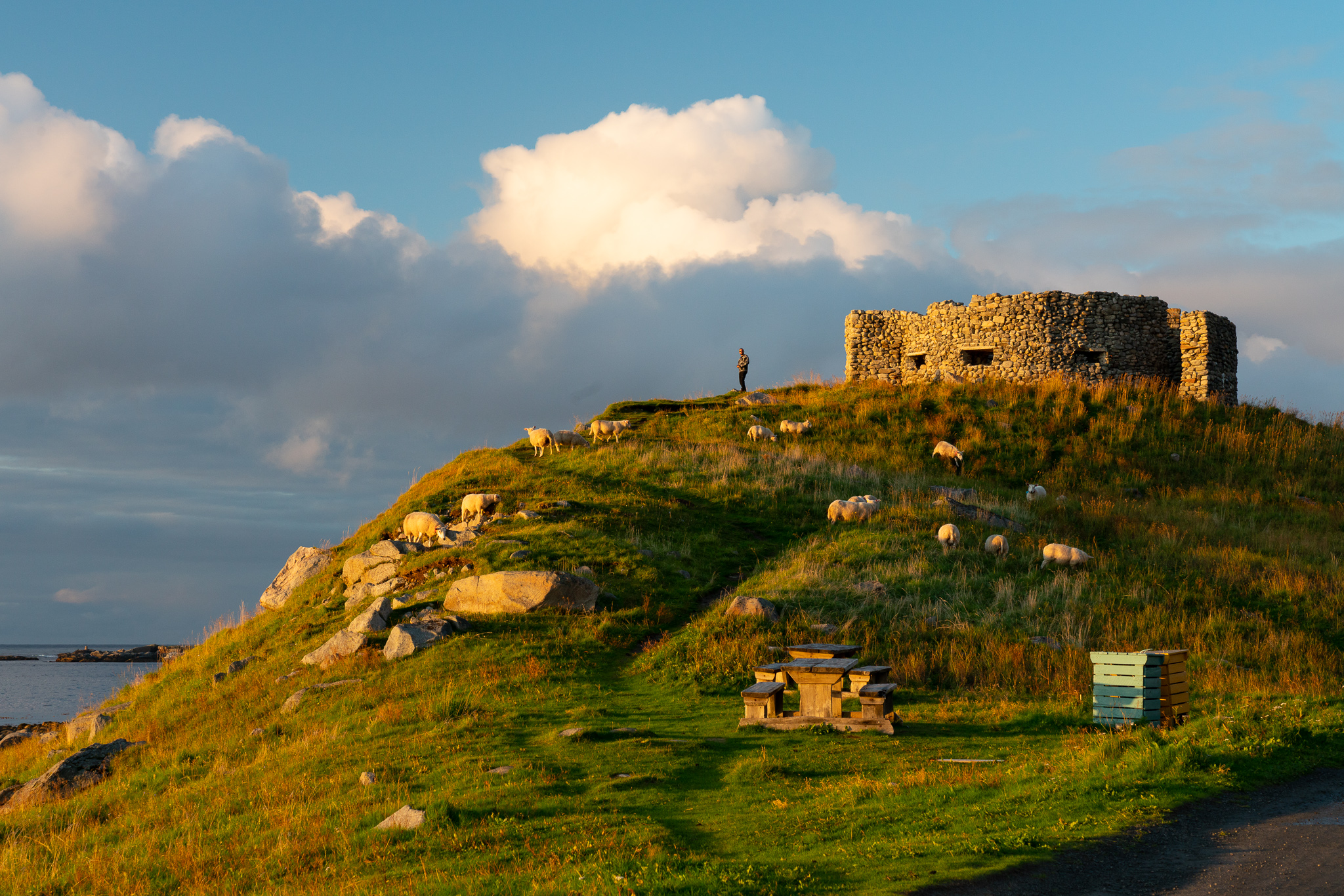
If you aren’t happy with the colors you get from your A7rIII in Lightroom then give these settings a go:
Profile: Adobe Color
Calibration Pane
Red Primary: Hue -7 Saturation +30
Green Primary: Hue +10 Saturation +25Leave the rest at default. Bump the vibrance up to between +10 and +20. Now things should be starting to look much better, and more “Canon-like”.
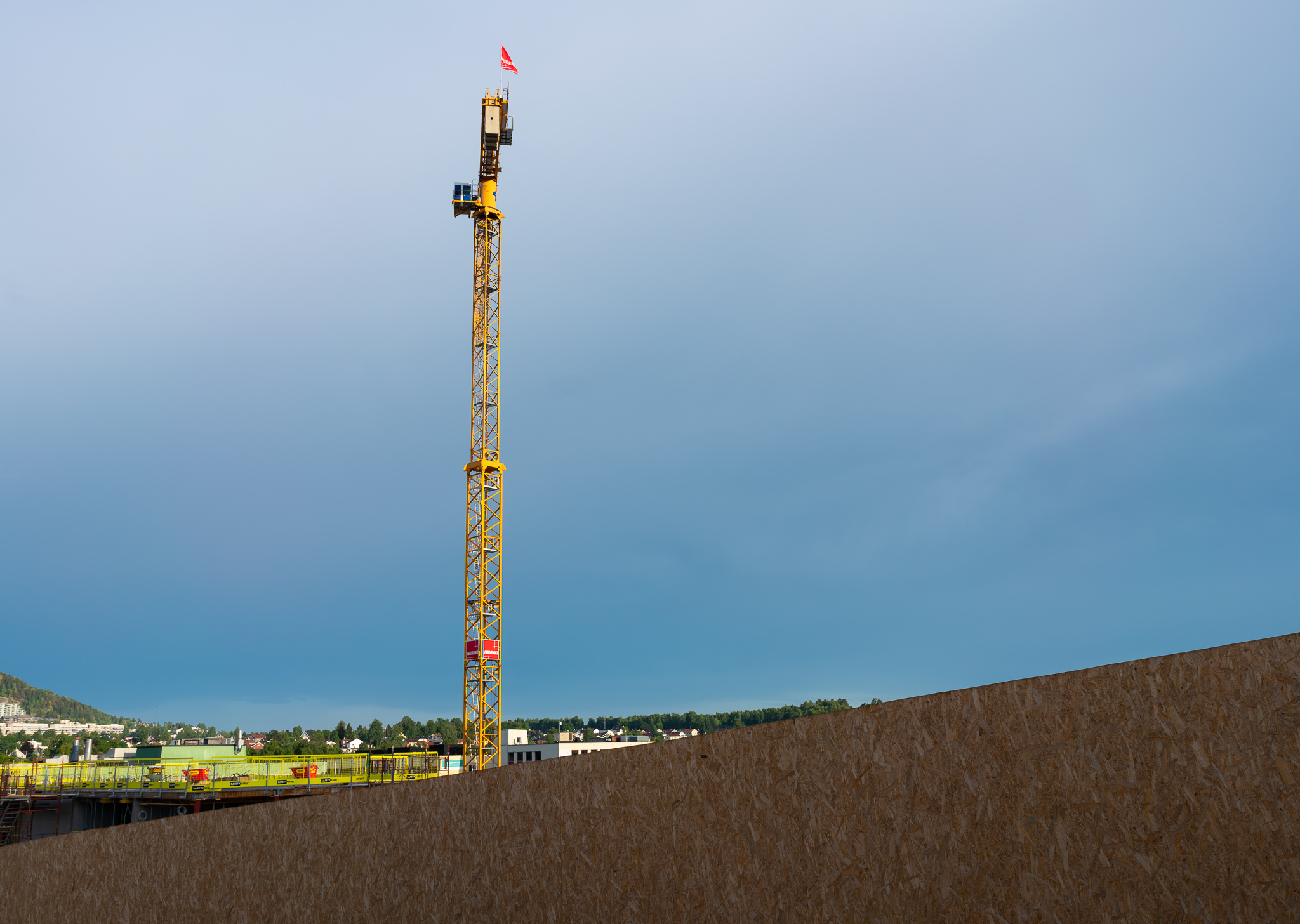
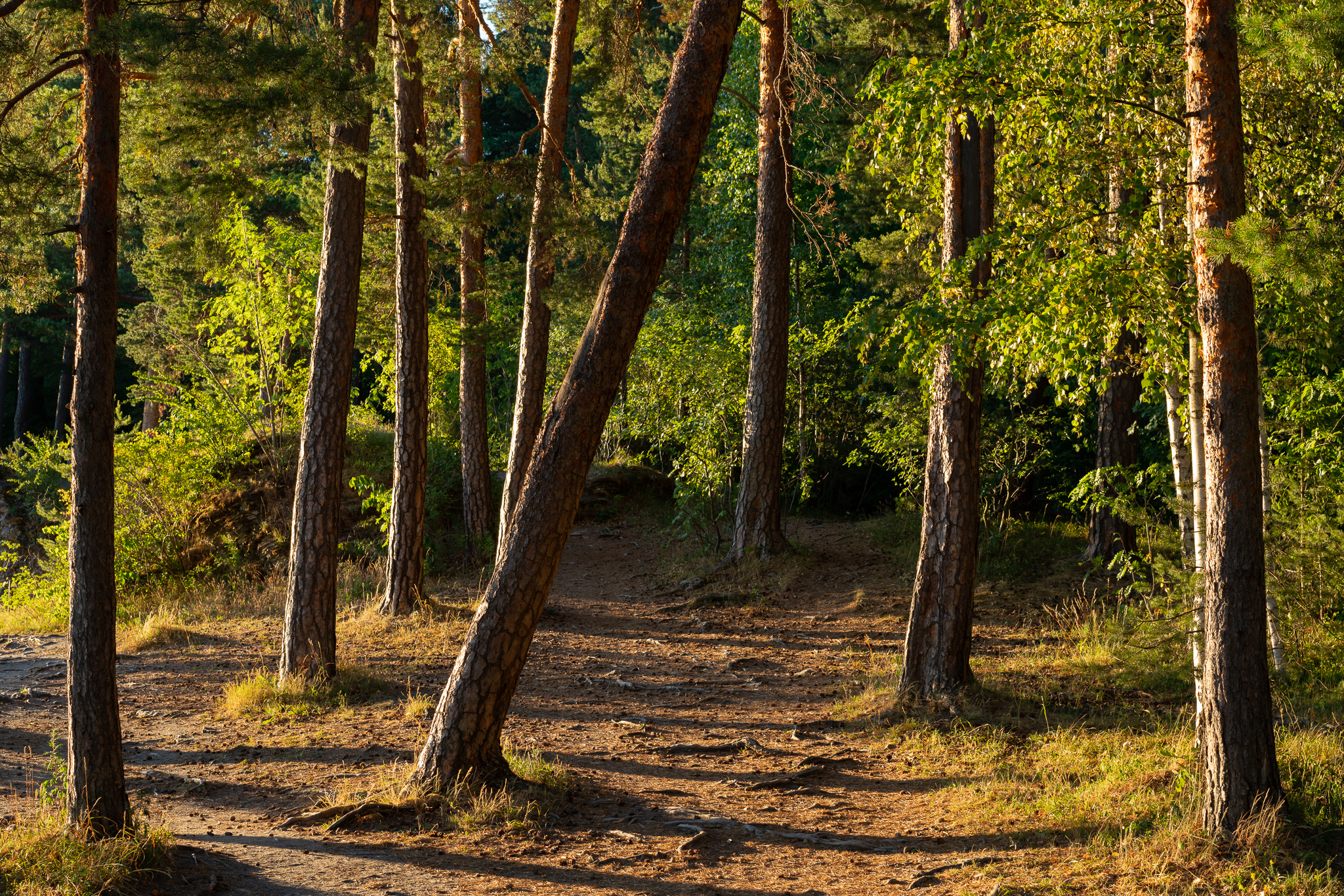
I can easily color match the colors from my A7rIII, a Leica M10, and a Fujifilm X-T2 without a single problem. As long as I’m working with raw files, it’s easy. About those jpeg’s… Well, I never shoot jpeg’s. So I can’t really say. All I can say is that I’m not interested in jpeg’s out of ANY camera (even a Fuji, GASP!).
The auto white-balance performance on the A7rIII is great, and always gives me consistent and good AWB readings. And the fact that we have the option to choose what to prioritise in AWB (Standard, White or Ambiance) is fantastic. I wish ALL cameras had this option, as sometimes I might want a warmer tone to reflect the ambiance of a scene, and other times I might want a white shirt to be white regardless. And sometimes I just want the camera to decide for me so I can decide in post, and just leave the setting in standard, which generally produces pleasing and accurate results. The Priority Set in AWB feature is great!
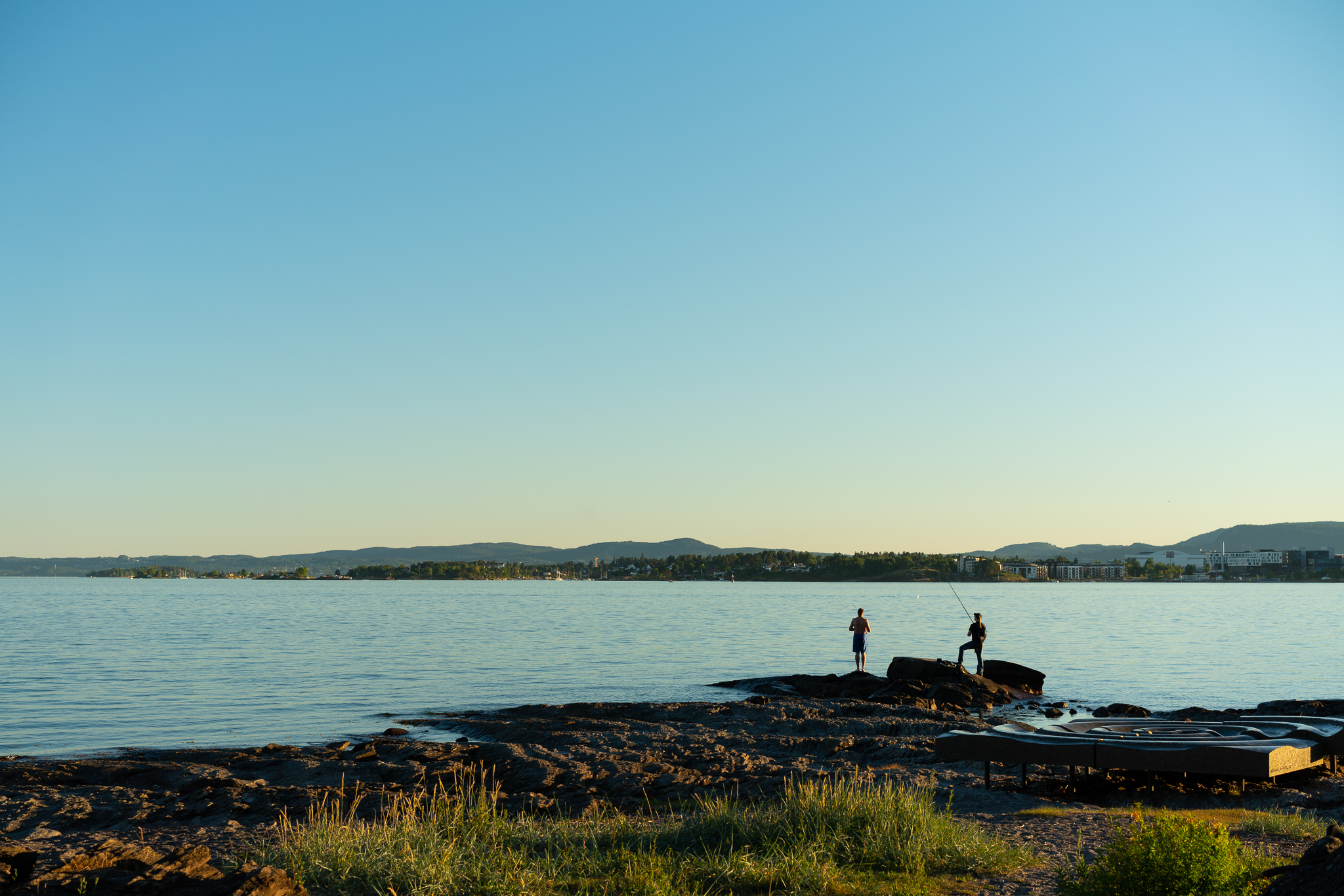
Noise performance at higher ISO settings is great on the A7rIII. It has less noise than my Leica M10 at high ISOs, which is a 24 megapixel camera. When a 42 megapixel sensor has lower read noise than a 24 megapixel sensor, it means that the engineers really got things right. On the flip side, though, at higher ISOs – the blacks and shadows in the files from the A7rIII tend to be somewhat «crushed». The results from a Leica M10, for example, has a shadows and blacks that are far more open and «airy», but they are also more noisy. Which makes me believe that Sony is suppressing the noise by crushing the darks and blacks somewhat aggressively. I would personally want more noise and less crushed blacks. Raw files should be pre-cooked to the bare minimum in my opinion. Also, due to heavy vignetting correction on most E-mount lenses – the corners of the A7rIII images tends to be a lot noisier than the rest of the frame.
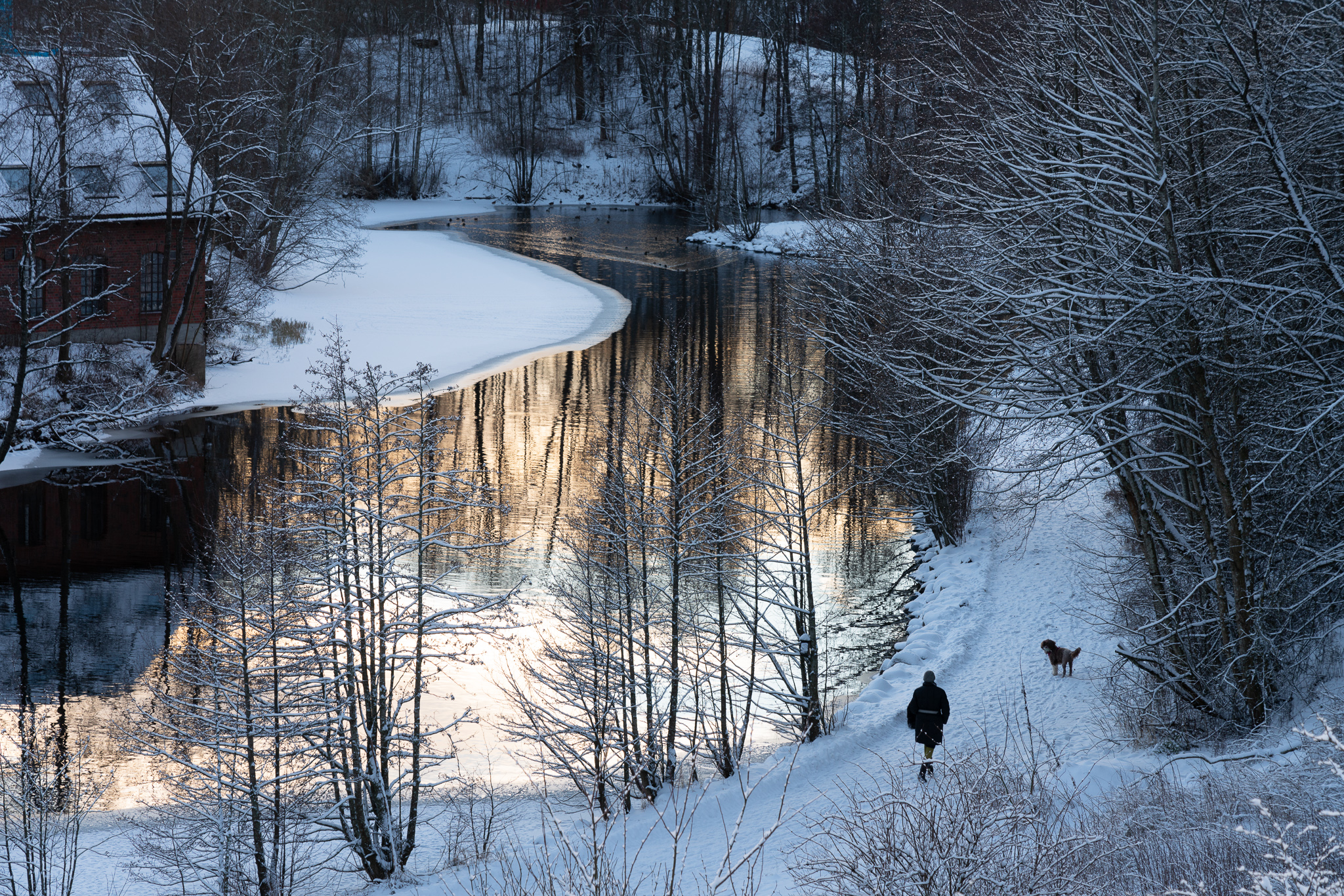
I’ve used my A7rIII in light and heavy rain during long mountain hikes, and never experienced a problem with moisture or issues with my own camera. Then again, I have permanently taped over the mic and speaker grilles (on the EVF housing and on the left top plate) of my camera to avoid any moisture buildup on these weak-spots. And my camera is usually always facing upwards when I’m walking around with it. It has gotten mildly soaked, but I’ve always wiped it off and put it back into my backpack or camera bag if it’s more than just a quick downpour. I also try to cover it with my arm if it rains. From what I’ve read in other articles the battery compartment door and bottom plate isn’t sealed at all, so you should be very wary of putting the camera down in a puddle of water. Am I the only one who would never do this even if the camera was properly weather sealed? Why would anyone ever put their camera body down in a puddle of water? Seriously?
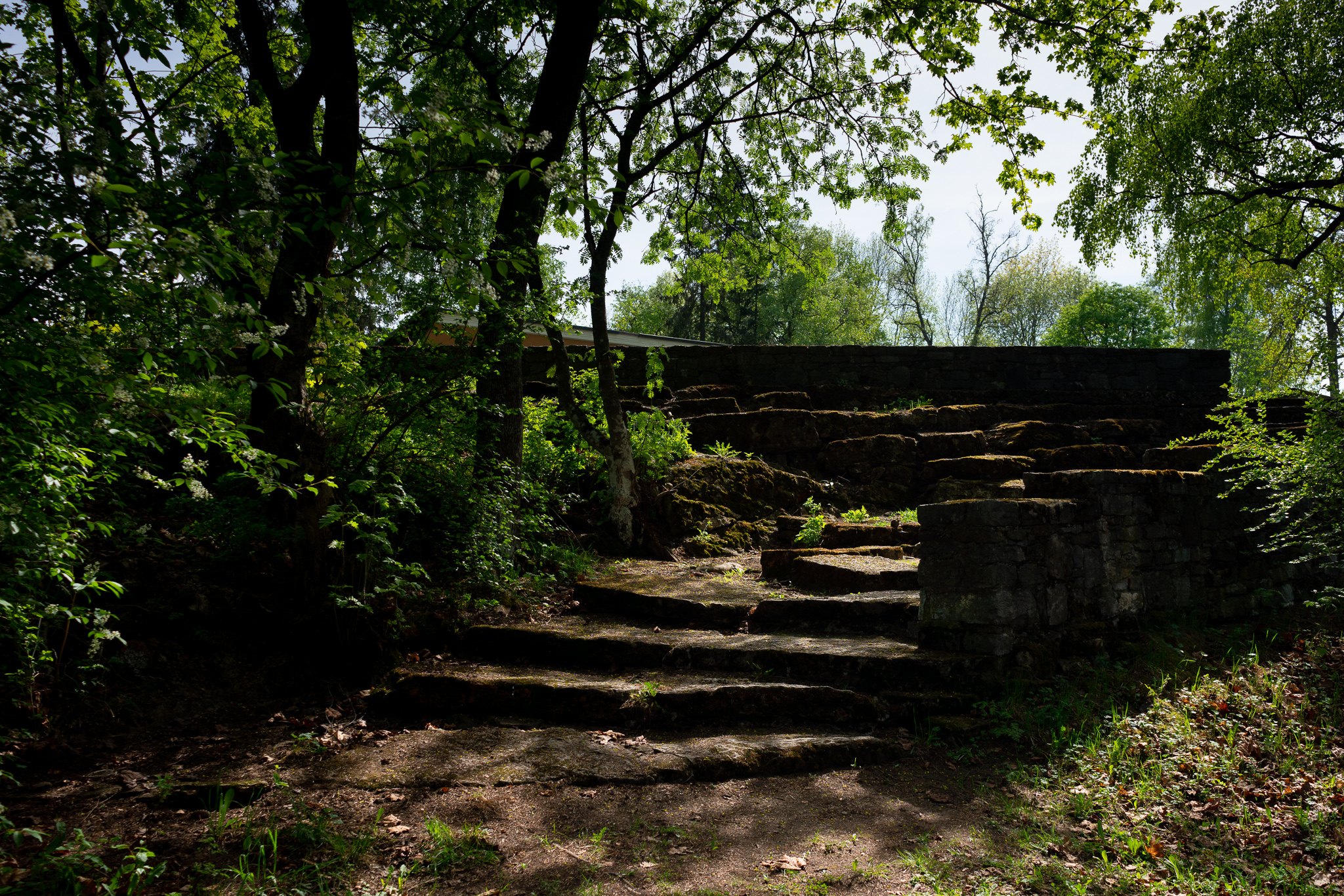
The squishy shutter button that many people complain about enable me to make images with minimal camera shake. That’s the benefit of the squishy shutter button. It might not feel as good as a really clicky shutter button, but I promise you that the really clicky shutter button as a FAR higher chance of giving you camera shake at the time of exposure. I’d rather live with a squishy shutter button and sharp exposures than the opposite.
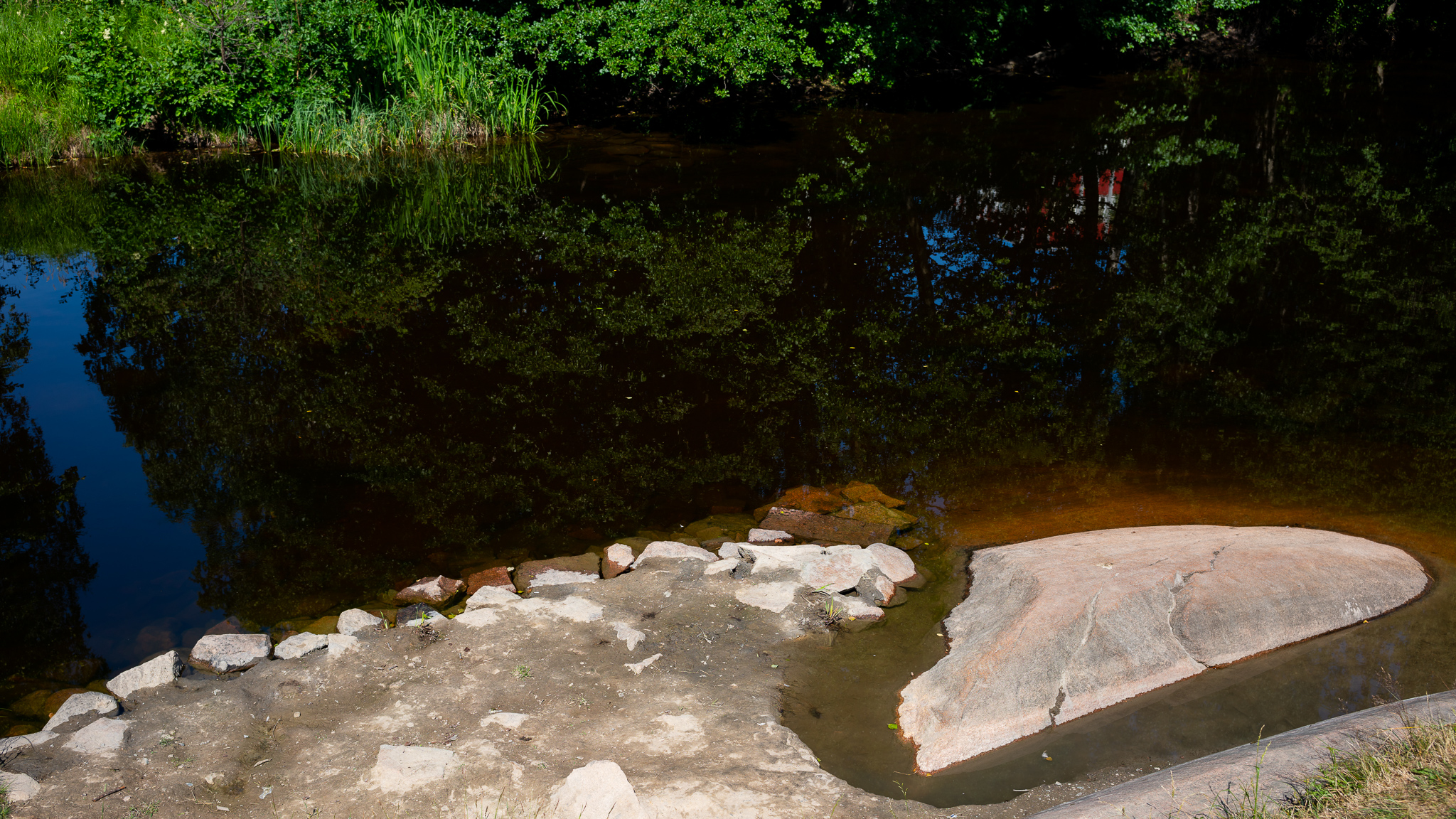
Overall, the A7rIII is one of the most impressive cameras I’ve ever used. I feel like I’m repeating myself… It’s the most well-rounded camera In the industry in my opinion. It’s small, light-weight (relatively by comparison), easy to use and handle, has great battery life, decent (but not the best) environmental sealing, a great EVF, produces fantastic medium-format like 42mp files with class-leading dynamic range, great colors and color-depth, great low-light performance, great video footage, and a ton of features and customisability. And all of that at a decent price (compared to what it is and provides). Also, the Sony FE lens line up is quite solid at this stage, and it keeps on growing at a rapid rate.
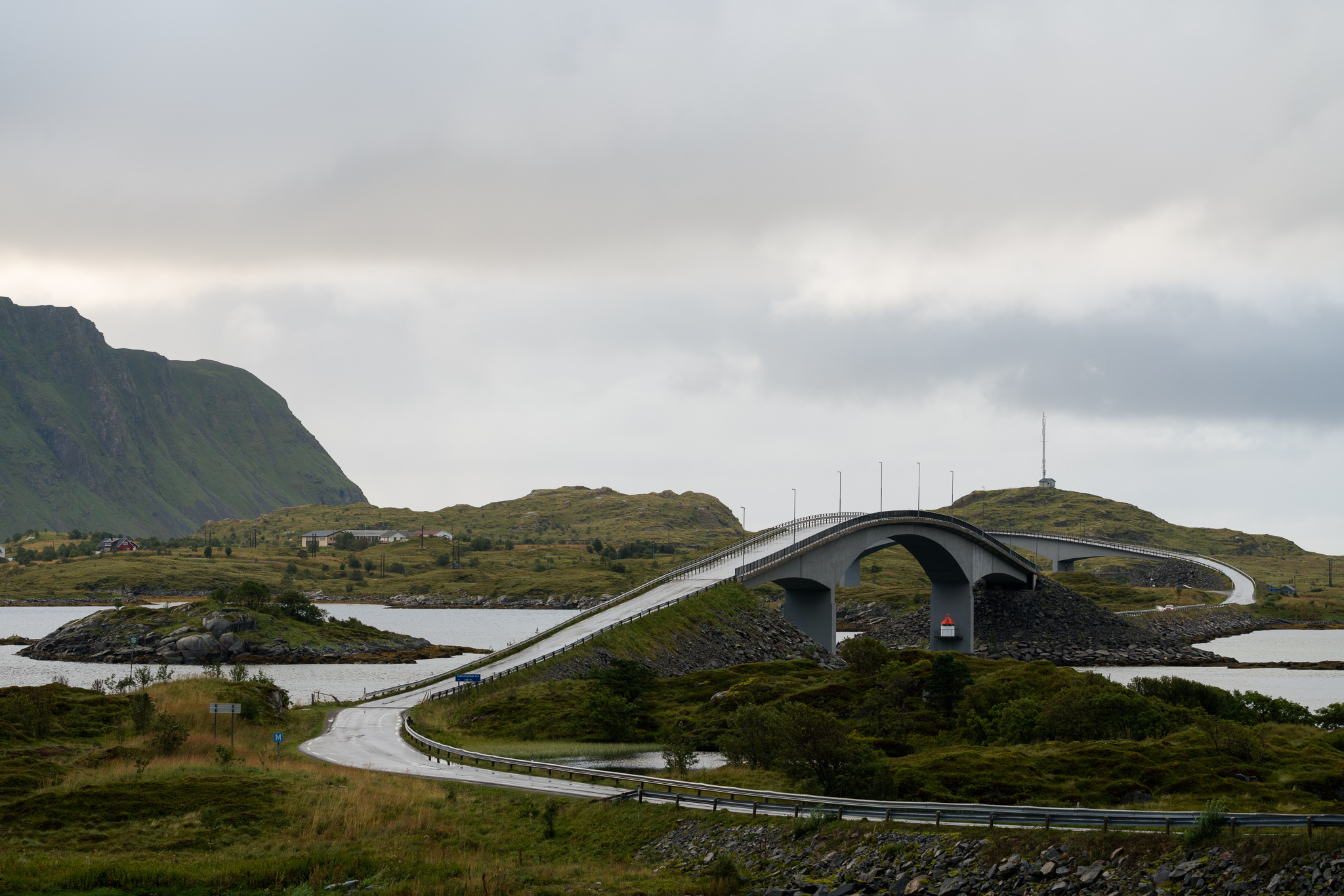
For a photographer or videographer, what’s not to like? The only things I can think of based on almost a year of using the A7rIII are these:
1. The shutter sound. It’s a loud and electronic sounding sound. I’d love if it was softer and quieter.
2. Both card slots should be UHS-2.
3. Better environmental and weather sealing.
4. A built-in intervalometer.
5. Lossless compressed raw files.
I’m really looking forward to see what Sony makes next.
Stay tuned for reviews of the E-mount lenses coming up!
If you’re considering purchasing a Sony A7rIII, and you feel that my review helped you make that decision, I would appreciate if you could look at the purchasing options via my Amazon affiliate to support my site:
Purchase a Sony A7rIII from Amazon
Purchase an original Sony NP-FZ100 Z-series battery from Amazon
Purchase an Expert Shield Glass screen protector for your A7rIII
© Børge Indergaard 2018. All rights reserved.
2 Comments
Join the discussion and tell us your opinion.
Excellent long term review, helpful to me as an owner.
Regarding the list right at the end, item #4, mine has an intervalometer…
Cheers
Hi Grant. Yes, an intervalometer was added to the camera in a later firmware. Thanks for pointing that out.